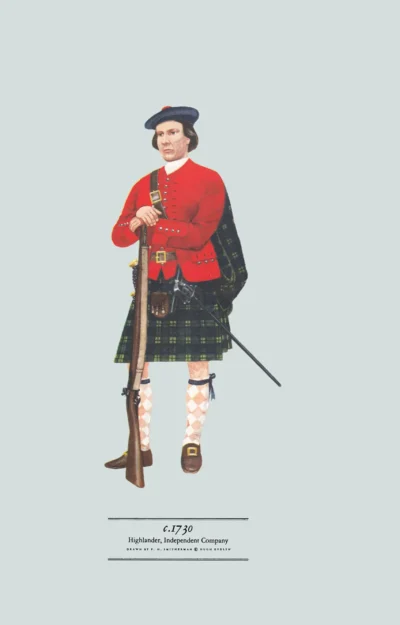Alder & Aspen
£20.00
Alder and Aspen (scroll down for a more detailed Description)
Published 1972 by © Hugh Evelyn Limited; drawn around 1525, these images were finished in gouache and watercolour (see description here)
Size: c. 23 x 33.5 cm [9 ″ x 13 ¼ ″] may vary slightly from printers’ cut 50 years ago
Printed on high white matt cardstock 144 g/sm2.
Print is STANDARD size – shipping is the same for 1 to 10 prints (based on largest print size in your order) – see Shipping & Returns.
In stock
Description
Aldir: Alder is the common name of a genus of flowering plants (Alnus) of the birch family Betulaceae. The genus comprises about 35 species of monoecious trees and shrubs throughout the north temperate zone with a few extending into Central America and the Andes. A native tree, alnus glutinosa, the frequency of its pollen grains in peat deposits shows it was more plentiful in Britain in postglacial times. It shares with Leguminous plants the ability to absorb nitrogen in root-nodules which may be as large as a cricket-ball. The name derives from the Old English alor, and is found in place names – Aldershot (Alreshete, or alder copse) and Alresford. The wood has been used for water pipes, pumps and piling beneath bridges and houses. It burns slowly and provides one charcoal for making gunpowder. The catkins, twigs and bark give a black dye which Gerard (1) describes as a poor man’s dye. Alder has also been used medicinally, Culpeper (2) recommending the leaves for ‘bare feet galled with travelling’ and for attracting fleas in a bedchamber so they could be ‘suitably cast out’. Some regard the bark as astringent, a decoction a useful gargle for sore throats, and the glutinous leaves used to soothe inflammations. Aspe: The aspens (Salicaceae) are native to cold regions with cool summers in the north of the Northern Hemisphere. It forms woods and produces thickets from shoots from the roots away from the parent even after the tree has been felled. The restless leaves rustle in the slightest breeze giving rise to such local names as Old Wives’ Tongues and Woman’s Tongue. Chaucer said of Cressida ‘Right as an aspes leaf she gan to quake when she him felte hire in his armes fold’ (3). The perpetual shaking of the leaves (populus tremula) has led to the invention of legends. In the Western Isles it was said to be cursed because it held up its head when the other trees bowed down during Christ’s procession to Calvary. Because the cross was made from its wood crofters and fishermen avoided using it. In Wales it was thought the leaves could never rest because Christ was crucified upon a cross of Aspen wood. However, Grigson (4) wryly suggests that ‘if the timber had been tougher, harder, more durable and more valuable, perhaps the legends would have been different’. He also reproduces a woodcut from Bock’s (5) herbal of 1546.
Additional information
| Weight | 0.0094 kg |
|---|---|
| Dimensions | 24 × 33.7 cm |

 Grand Banks Schooner
Grand Banks Schooner  Box & Pomegranite
Box & Pomegranite  Hemp & Hops
Hemp & Hops  1919 London General Omnibus Company's K Type Motor Bus
1919 London General Omnibus Company's K Type Motor Bus  Ash & Almond
Ash & Almond  Hyssop & Juniper
Hyssop & Juniper  Highlander, Independent Company, 1730
Highlander, Independent Company, 1730  1895 London Gen Omnibus Co's Garden Seat Horse Bus
1895 London Gen Omnibus Co's Garden Seat Horse Bus  Henbane & Hart's Tongue Fern
Henbane & Hart's Tongue Fern 

